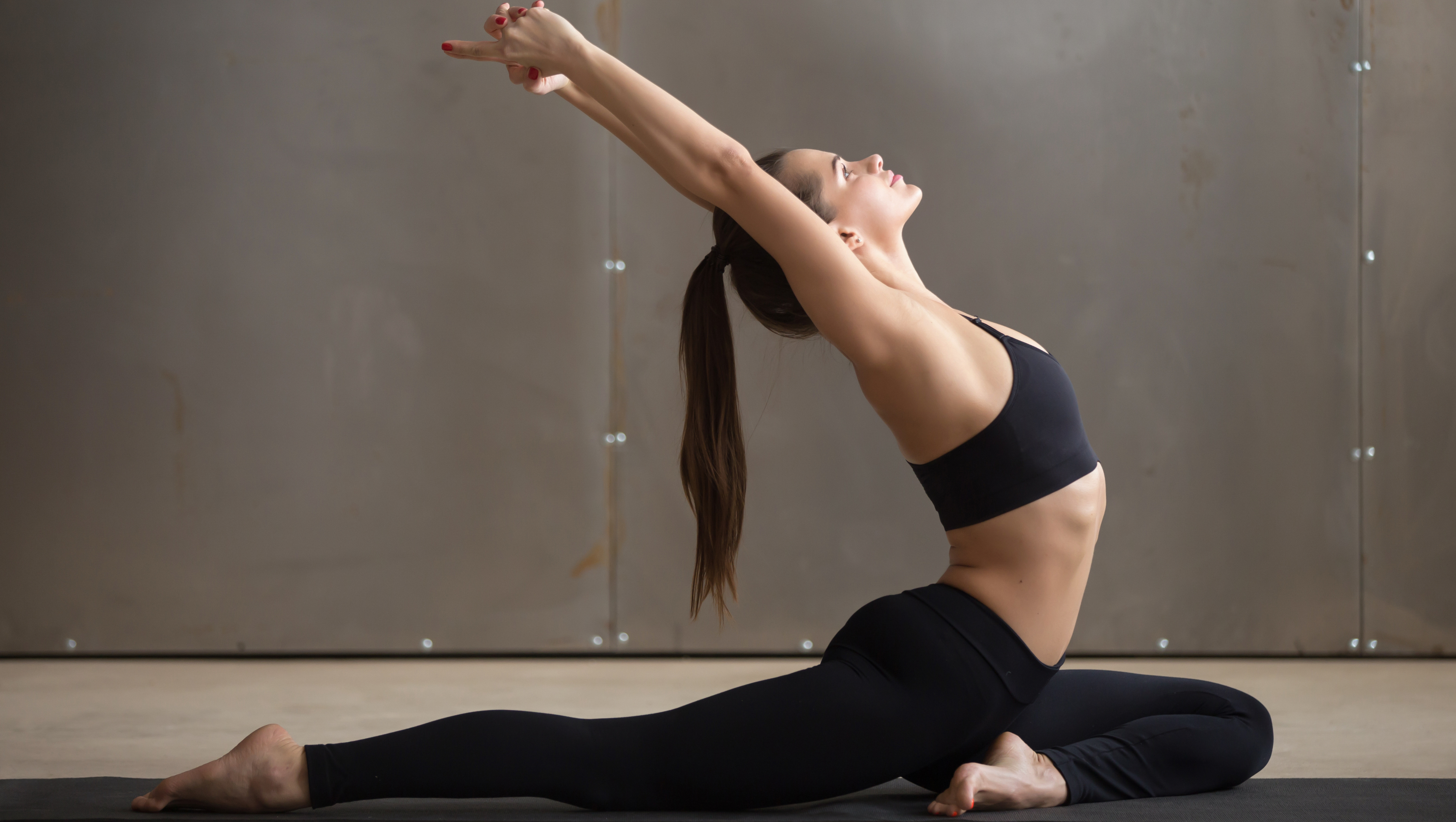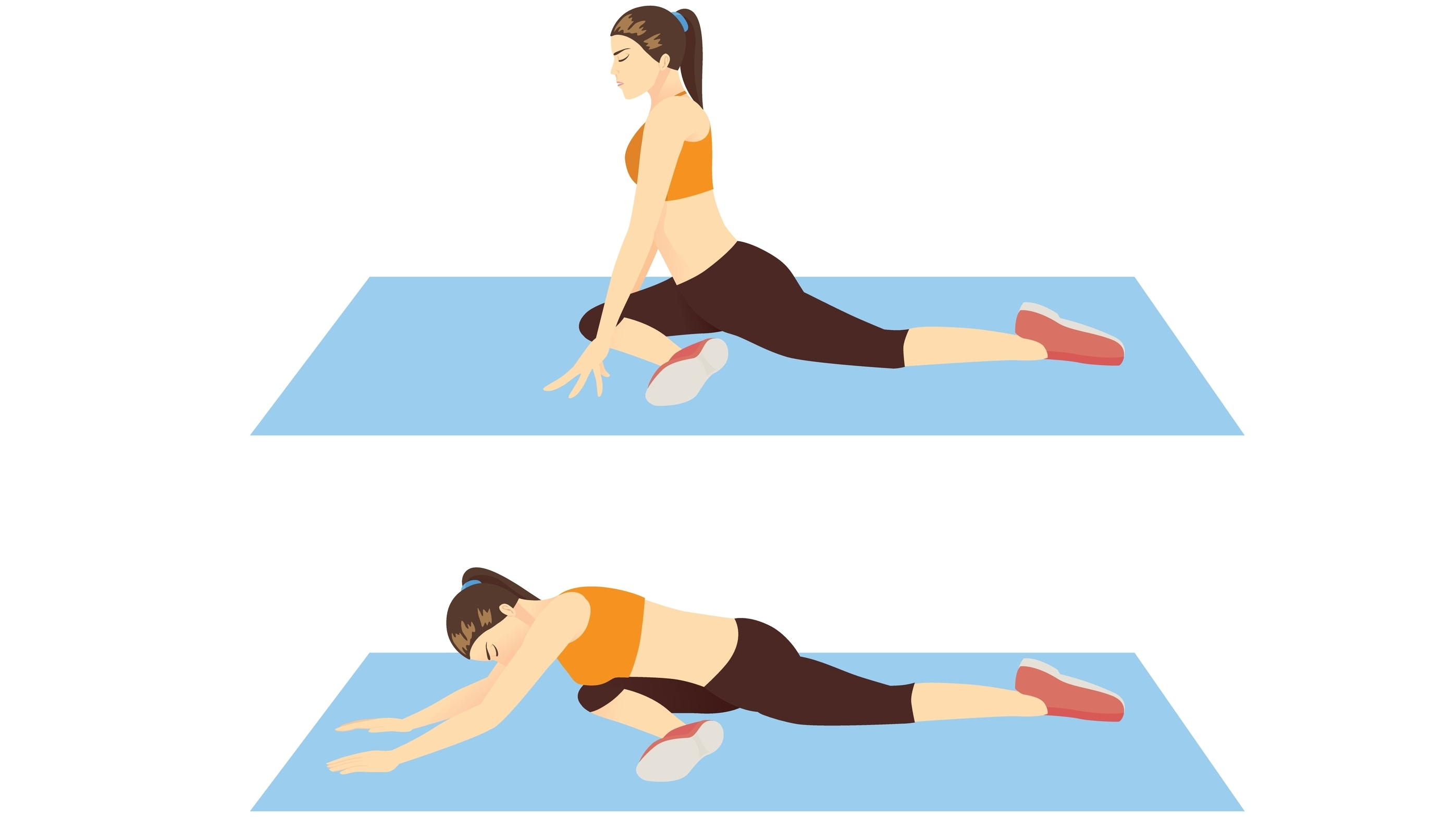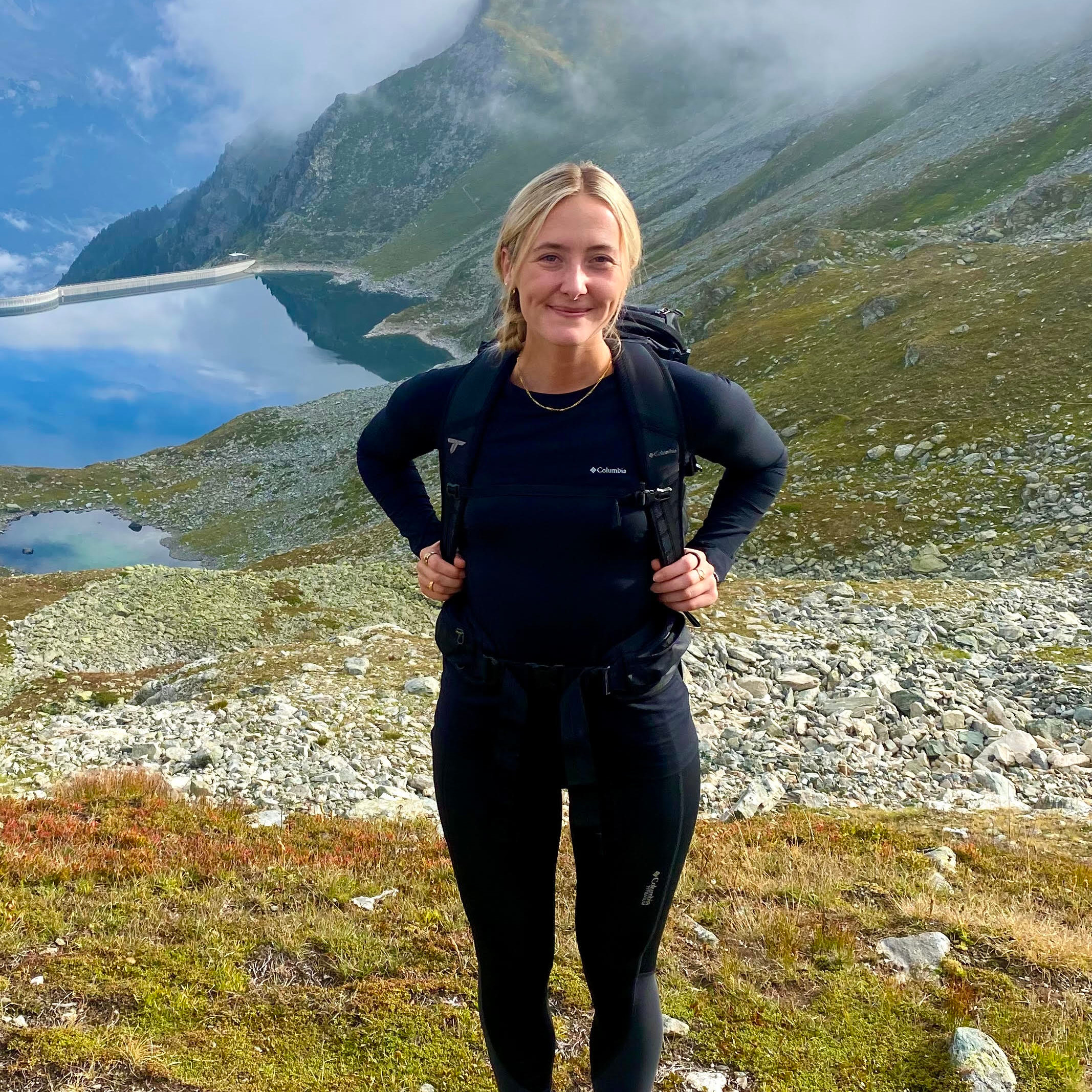I did the 3-minute pigeon pose every day for a week — here’s what happened
Let's stretch those hips

I spend a lot of time banging on about hip flexors mostly because it’s an area of my body that I wish I’d paid more attention to until now. As a runner, my hip flexors get put to work on the regular and over the years I have experienced quite a bit of pain in them both during and after a run. So, it’s a group of muscles I pay special attention now, hence why I took on the challenge of completing a three minute pigeon pose everyday for a week.
What is a pigeon pose? The Pigeon Pose is a yoga position that involves bringing one knee forward toward the wrist on the same side and extending the other leg straight back. It primarily targets the hip flexors and external rotators, promoting flexibility and mobility in the hips. The pigeon pose can help alleviate lower back tension, improve overall posture, and even provide a release for emotional stress stored in the hips.
Where does the name come from? The name comes from the ancient Indo-European language of Sanskrit and it translates from the word kapotasana, kapota meaning ‘pigeon’ and asana meaning ‘pose’.
Ready to take a break from my usual weight bearing hip flexor exercises, like my go-to move of hip marches with one of the best kettlebells, I was excited to lean into some deep stretching instead and see what a week of the pigeon pose could do for me.
Keep reading to find out my results and how to try it out yourself. Just be sure to lay out one of the best yoga mats for this move to look after your joints and make the whole experience a lot more comfortable.
How to do a pigeon pose

The best way I have been taught to get into the pigeon pose is from a downward dog position. Here is how to get from downward dog comfortable into the pigeon pose:
- Start on your hands and knees in a tabletop position. Lift your hips toward the ceiling, straightening your legs and arms, bringing yourself into the downward dog position.
- Lift your right leg high behind you, reaching toward the ceiling. Keep your hips square to the mat.
- Gently swing your right knee forward toward your right wrist. Place your right knee on the mat near your right hand and lower your right shin, angling it at about a 45-degree angle.
- Slide your left leg straight back, ensuring it's in line with the back edge of your mat. Your hips should be level.
- Flex your right foot to protect your knee and deepen the stretch in the right hip.
- Decide whether to stay in an upright position, supporting your weight with your hands, or fold forward over your front leg for a deeper stretch.
- Maintain a long, straight spine. Avoid rounding your back, and engage your core to protect your lower back.
- Repeat on the other side.
I did the 3-minute pigeon pose every day for a week — here’s why I’d recommend it
It felt great for my mobility
The Pigeon Pose involves a deep stretch of the muscles surrounding the hips, including the hip flexors, external rotators, and glutes. These muscles are often tight due to prolonged periods of sitting, lack of movement, or engaging in activities that involve repetitive hip motions. I tick two out of three of those boxes, I sit at my desk five days of the week writing and I run a lot.
While pushing into the pigeon pose stretch I kept trying to think of the right word to describe how it felt. Invigorating was the one word that stuck throughout my week of pigeon poses. Although it felt a little painful the more I deepened the stretch it felt like a relief at the same time. My flexibility had slightly improved by the end of the week so I am confident that the more I keep up with this stretch the greater range of motion I will have in my hip flexors.
I also like to use some of the best resistance bands for a good hip mobility session. Exercises like banded clams, banded hip abductions or banded donkey kickbacks are great for activating and strengthening the hip flexors.
I felt relief in my lower back
Except from the time I went flying off a skateboard as a child and landed on my back, I thankfully haven't suffered from any significant back pain or serious back injuries. However, I don't have the best posture and I spend a lot of time sitting down hunched over a laptop so I am prone to feeling little niggles in my lower back.
It turns out the pigeon pose feels pretty good for the lower back when you get settled into the stretch. I liked the way it seemed to relieve tension at the bottom end of my spine and I even found some research to back this up. A study from the National Library of Medicine in the UK highlighting the connection between tight hip flexors, spinal pain and their adverse effects on exercise performance concluded that incorporating hip flexor stretches can offer significant advantages to athletes and enhance their overall performance.
Sign up to get the BEST of Tom's Guide direct to your inbox.
Get instant access to breaking news, the hottest reviews, great deals and helpful tips.
The pigeon pose is a winning stretch if you ask me.
It was a good stress buster
I enjoy yoga because as much as I do find what I am about to say a bit of a cliché, I do find I feel a lot lighter afterward. But do I make time for a full 45-60 minute yoga session every day? No. I was pleasantly surprised to find that the pigeon pose brought a sense of calm to my being as I nestled into the pose each day.
As with other yoga poses, the pigeon pose encourages deep breathing and mindfulness, which I noticed when any stress I had been feeling left my body. Call me airy fairy or go try holding this pose for a prolonged period every day for a week and then get back to me. Alternatively, go and read how my colleague Sam felt when she did the 3-minute frog pose exercise every day for one week, which is another hip opener exercise.
I did the 3-minute pigeon pose every day for a week — here’s my verdict
Anyone who leads a sedentary lifestyle or works a desk job can benefit from regular practice of pigeon pose as it helps to prevent stiffness in the hips, increases mobility and can relieve physical pain in the lower back as well as relieve stress. Plus, if you are an athlete or one of your hobbies involves overuse of your hips, this stretch will become a good friend of yours the more you practice it.
It's important to note that individual experiences may vary, and it's advisable to approach any yoga practice, including pigeon pose, with proper guidance, especially if you have any existing health conditions or concerns. Consulting with a qualified yoga instructor or healthcare professional is recommended, especially if you are new to yoga or have specific health considerations.
More from Tom's Guide

Jessica has been a fitness writer at Tom’s Guide since 2023, bringing three years of experience writing about health, fitness, and the great outdoors. Her passion for exercise began during her childhood, where she spent weekends hiking and competing in local athletics club events. After earning a master’s degree in journalism from Cardiff University, Jessica found the perfect way to combine her love of storytelling and fitness into a career.
Jessica is passionate about testing fitness gear and tech, using her reviews to help readers make informed buying decisions. She ran her first marathon in April 2024, finishing it in 3 hours and 48 minutes. Through her training, she’s developed a deep understanding of what it takes to grow as a runner, from effective workouts and recovery techniques to selecting the right gear for every challenge.
When she’s not at her desk, Jessica enjoys spending time in the kitchen crafting new recipes, braving cold water swims and hiking.
